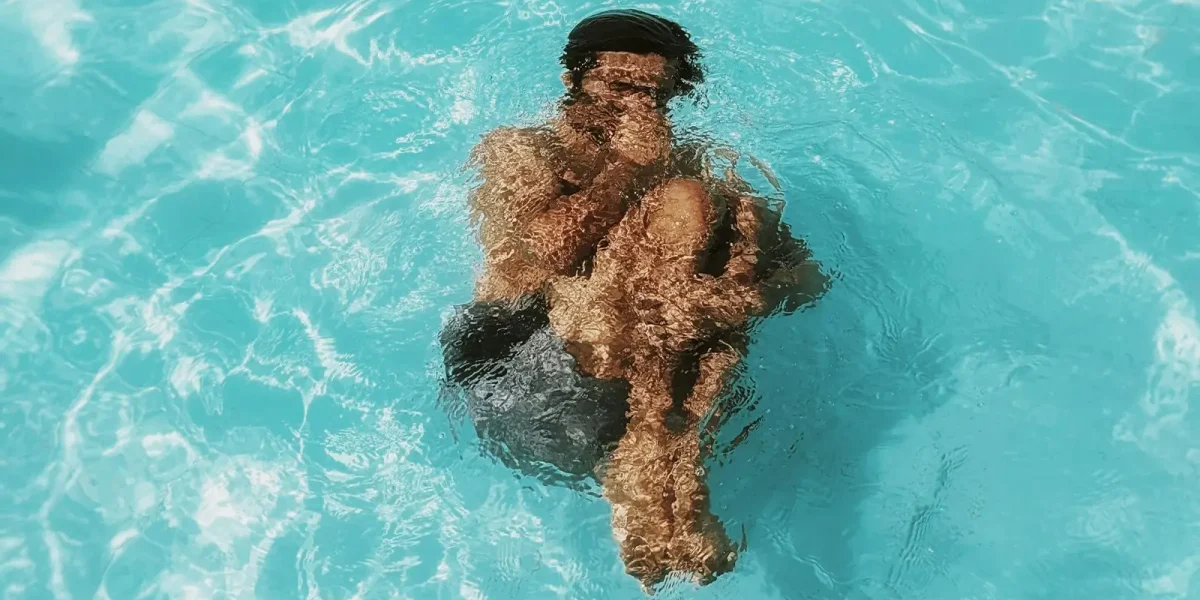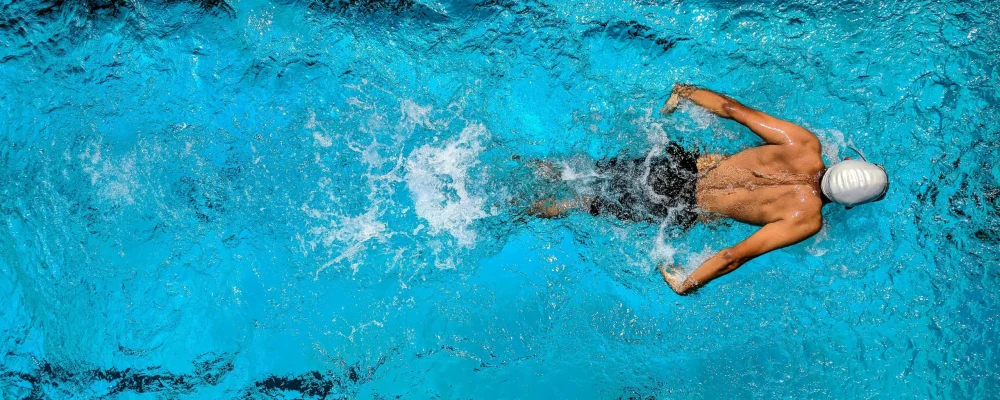
Saltwater chlorinators have become an essential part of modern pool care, offering a safer, more convenient alternative to traditional chlorine treatment. However, like any pool equipment, salt systems require routine maintenance to operate efficiently and ensure longevity. Neglecting basic upkeep can lead to reduced chlorine production, corrosion, scaling, and costly repairs.
Below is a professional, step-by-step guide to maintaining your saltwater chlorinator and extending its service life.
1. Regular Inspection of the Electrolytic Cell
The electrolytic cell is the core component responsible for converting salt into chlorine. Over time, calcium and other minerals can build up on the cell plates, reducing efficiency.
Maintenance Tips:
2. Maintain Proper Salt Levels
Most saltwater chlorinators operate within a recommended salt range—typically 3000 to 4500 ppm (parts per million). Low or high salt levels can stress the system and reduce chlorine output.
Maintenance Tips:
3. Ensure Adequate Water Flow and Circulation
Salt systems rely on proper water flow to function effectively. Insufficient flow may trigger warning lights or interrupt chlorine generation.
Maintenance Tips:
4. Monitor System Performance and Error Codes
Most modern chlorinators have diagnostic displays or LED indicators that alert users to system faults, low salt levels, or cleaning reminders.
Maintenance Tips:
5. Seasonal Maintenance: Off-Season Shutdown and Startup
If you winterize your pool, proper chlorinator storage is essential.
Maintenance Tips:
6. Periodic Professional Servicing
In addition to DIY care, schedule a professional inspection every 1–2 years to assess electrical components, sensor calibration, and overall performance.
Conclusion: Protecting Your Investment
Routine maintenance is key to getting the most out of your saltwater chlorinator—both in performance and lifespan. While many systems are built with self-cleaning technology and smart diagnostics, they still benefit greatly from hands-on care.
At Troxlly, our TX Series saltwater chlorinators are designed with premium titanium cells, reverse polarity self-cleaning, and built-in salt level alerts to reduce maintenance frequency and maximize durability. Whether you’re a new pool owner or a seasoned expert, combining best practices with reliable equipment ensures a cleaner, more enjoyable swim season year after year.
For more technical tips or troubleshooting support, visit troxlly.com/support.
